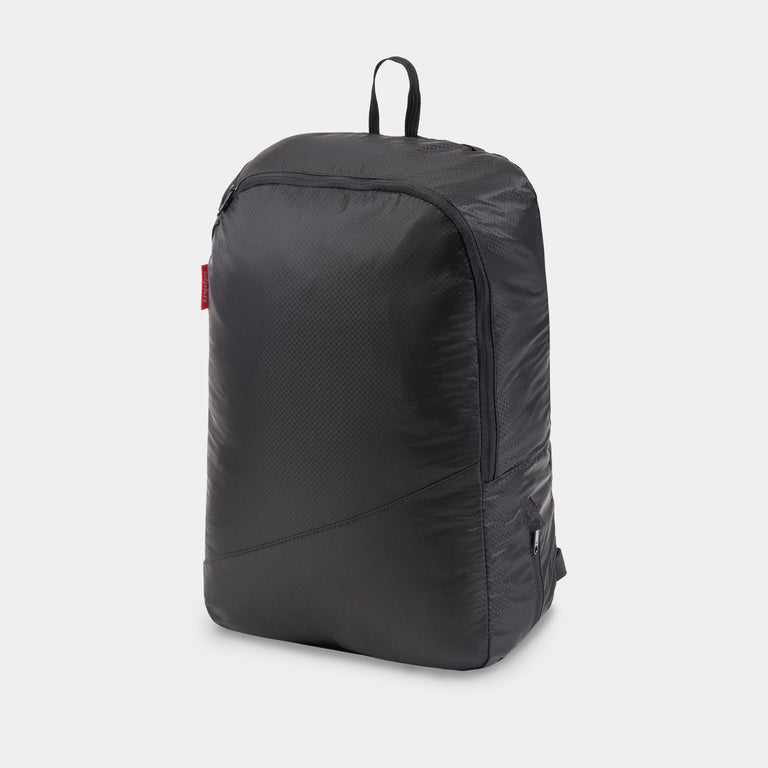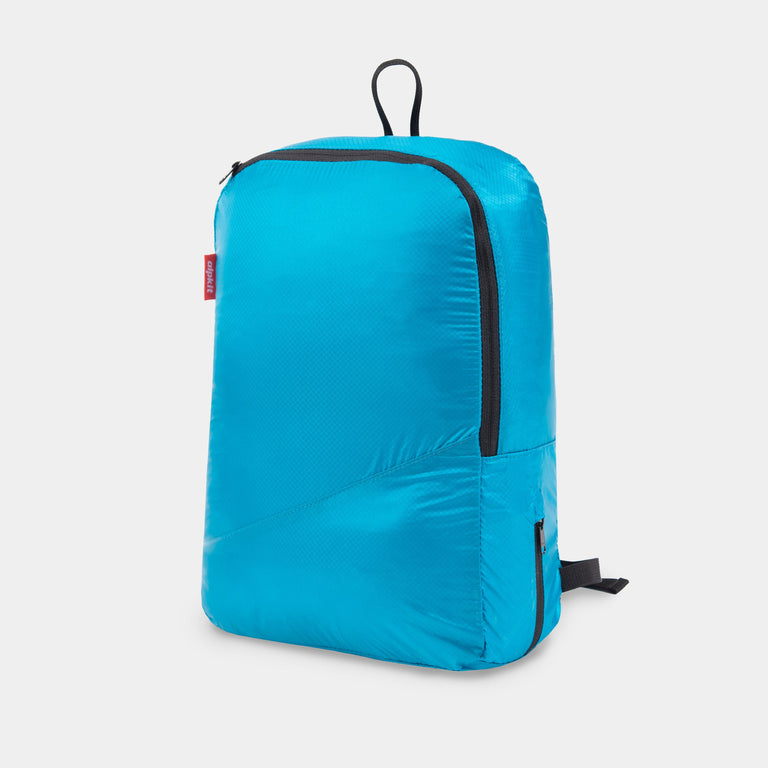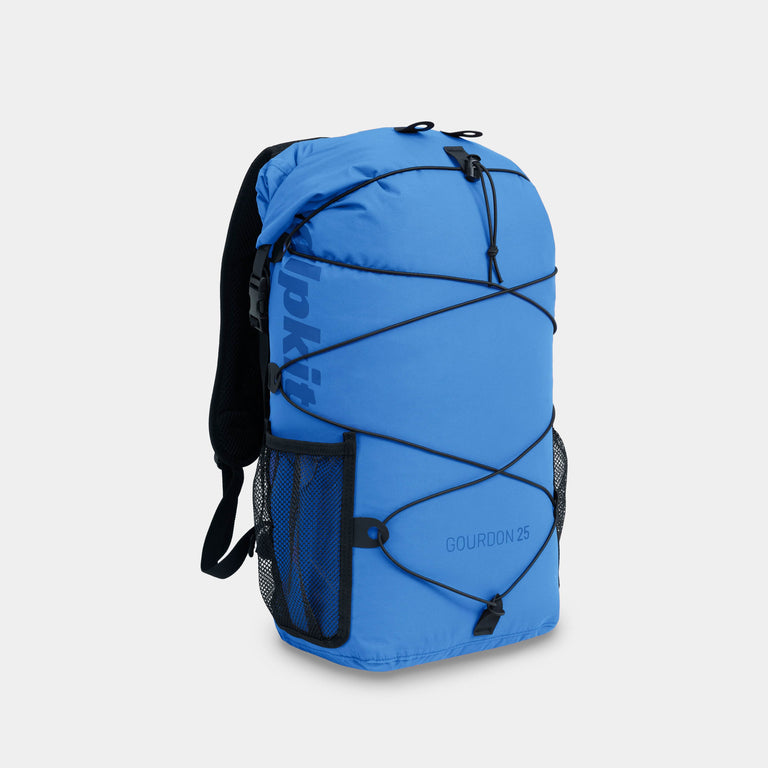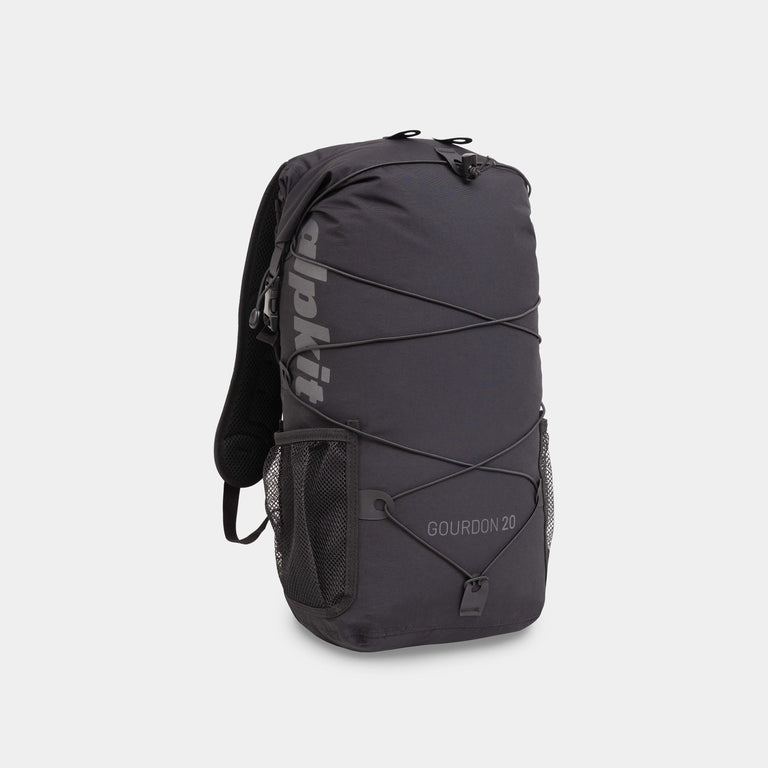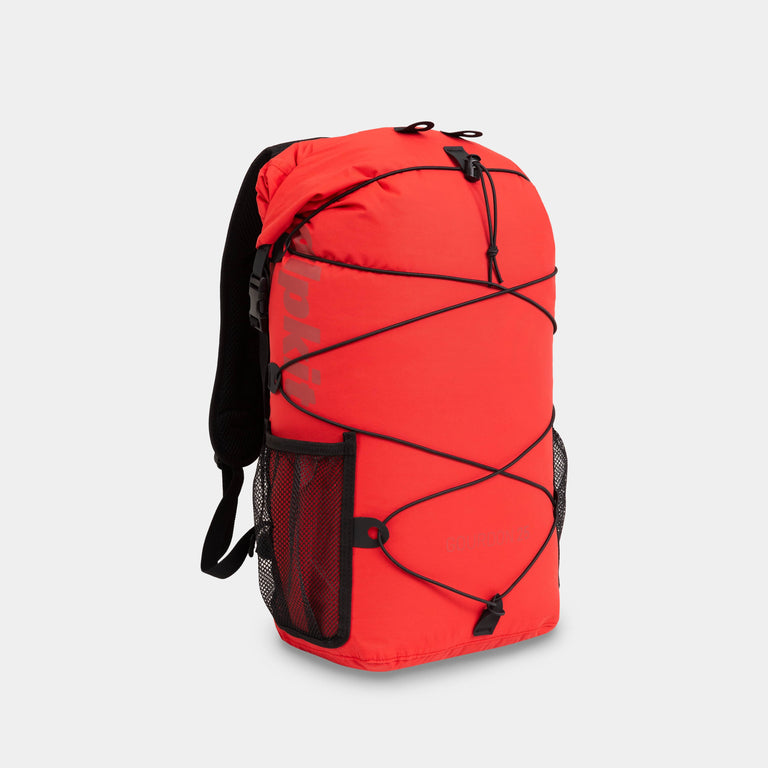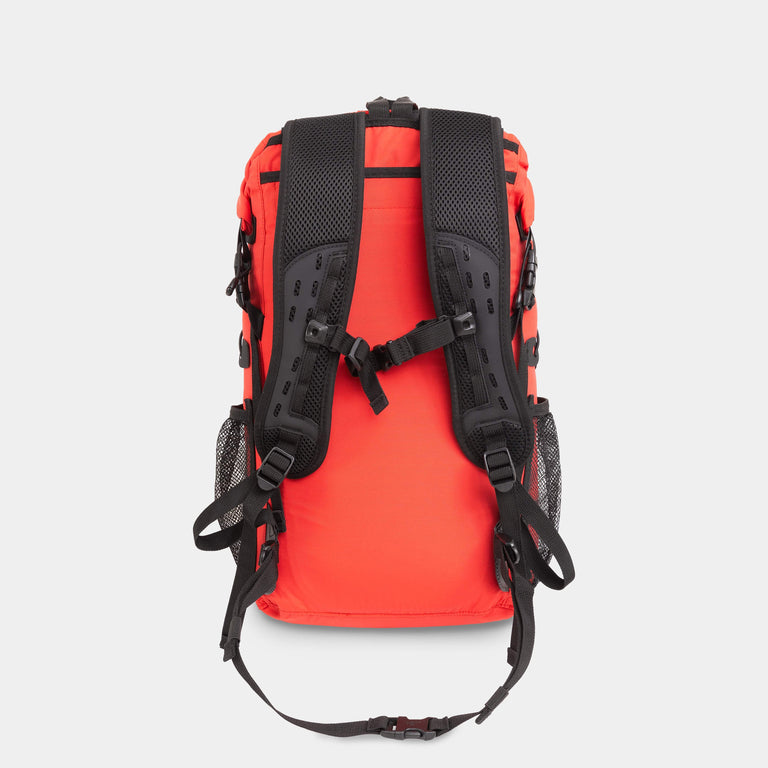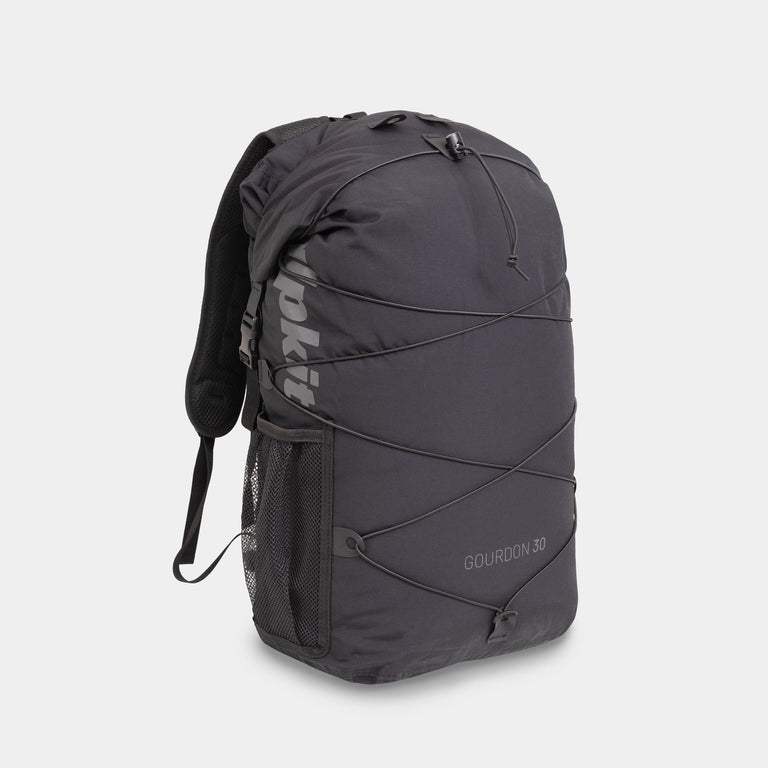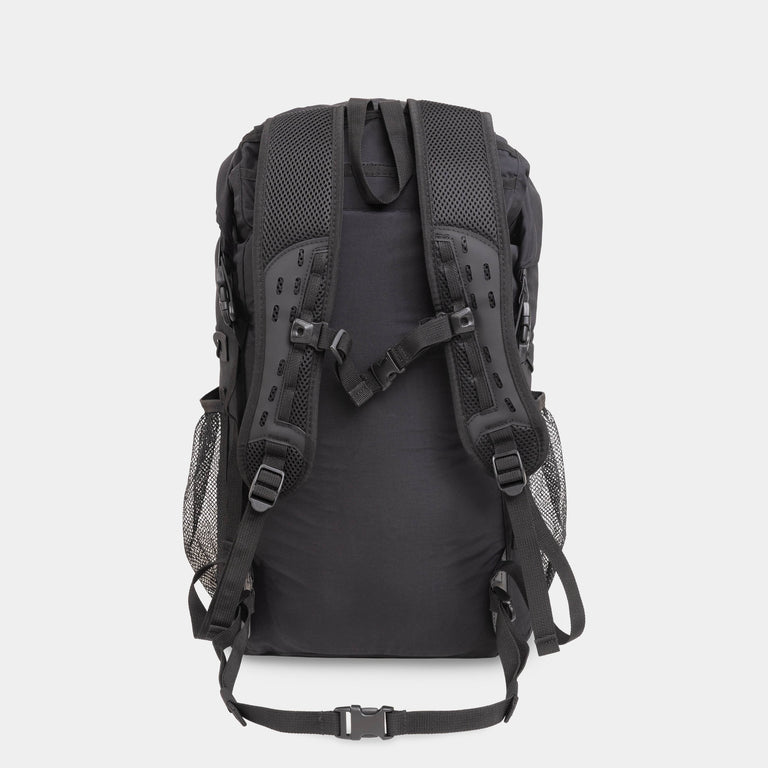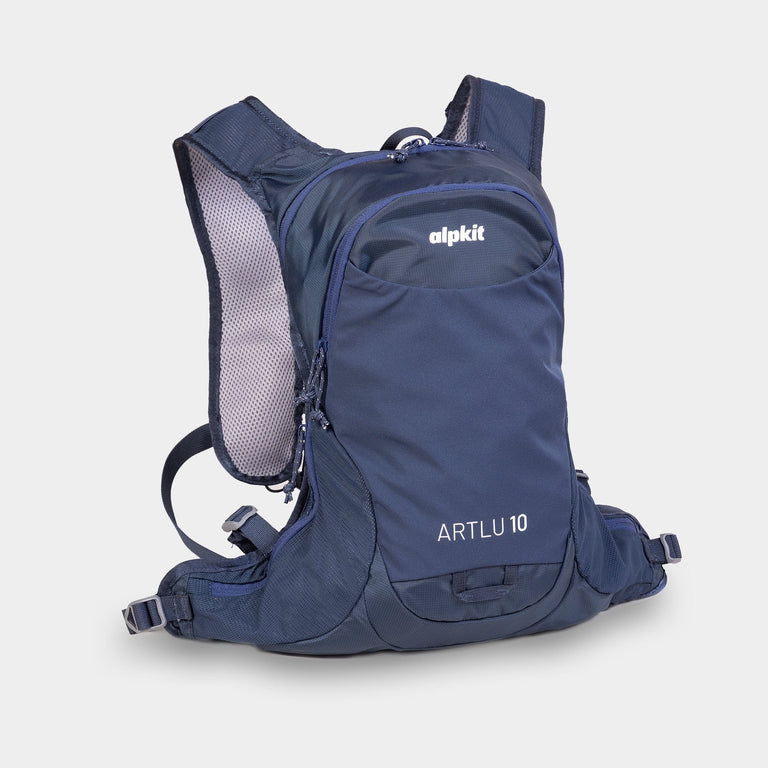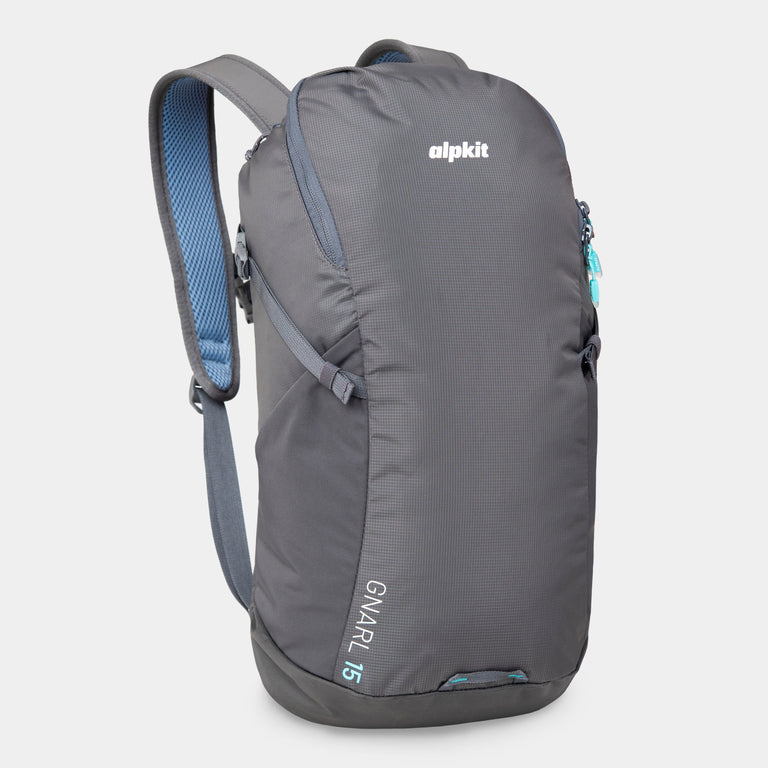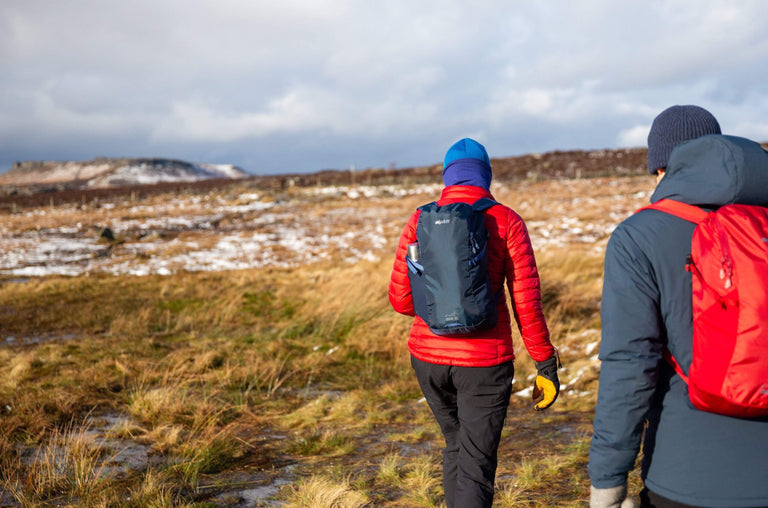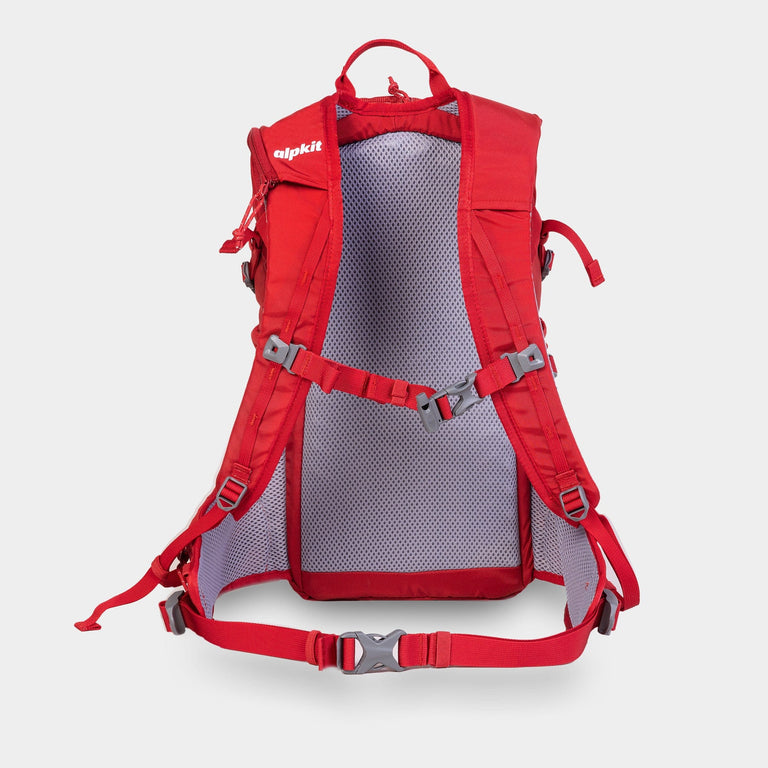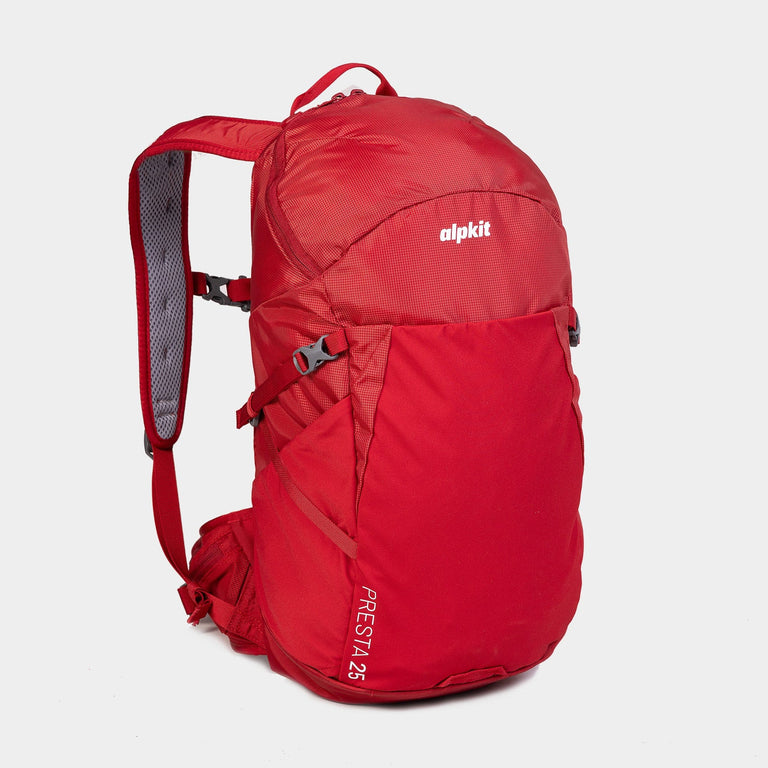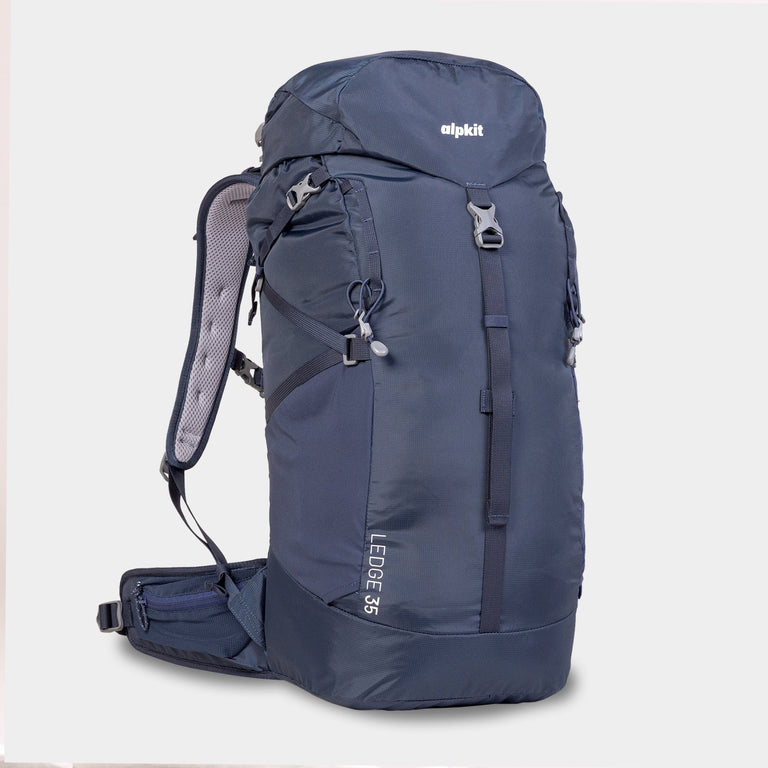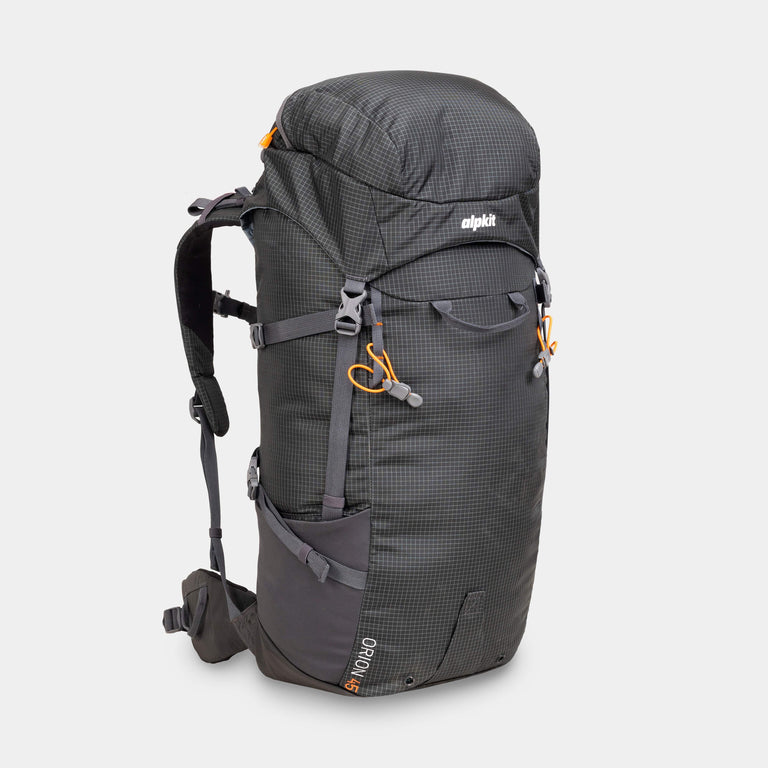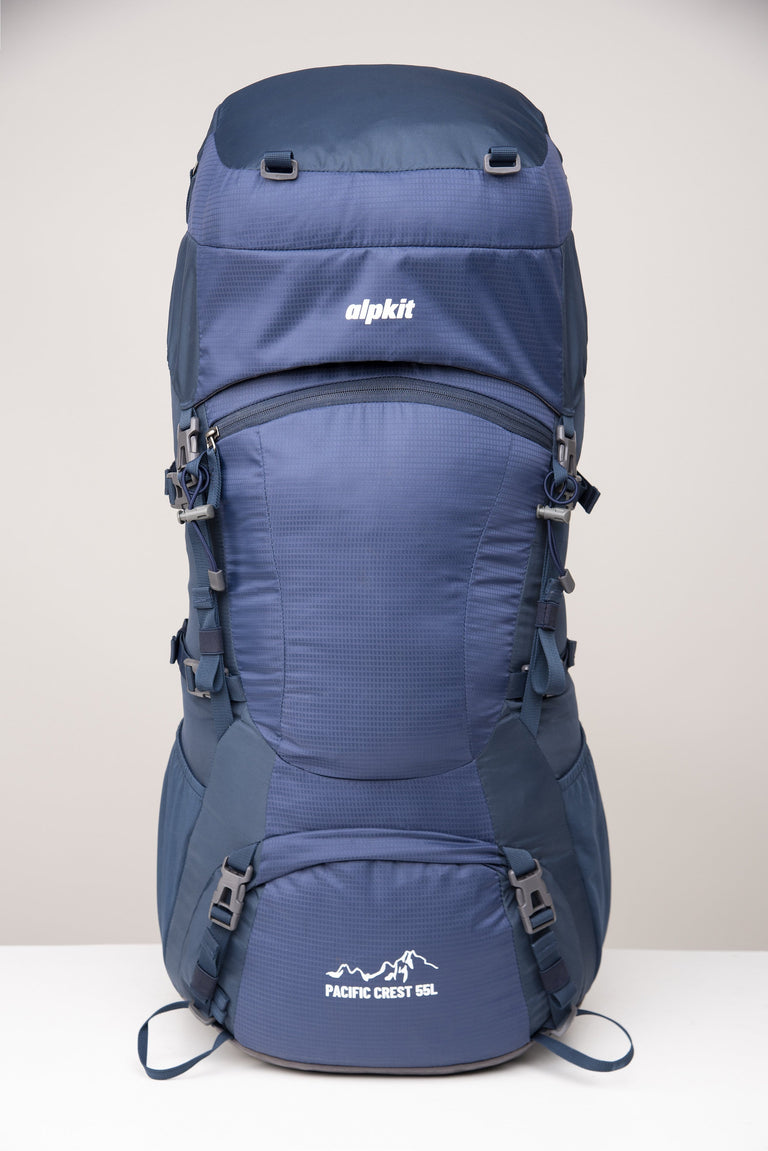
If you have never experienced walking and sleeping for many days in true, vast, overwhelming wilderness, then the Pacific Crest Trail will elevate your understanding of nature and make you feel very small.
If you have never experienced walking and sleeping for many days in true, vast, overwhelming wilderness, then the Pacific Crest Trail will elevate your understanding of nature and make you feel very small. This spectacular long-distance path runs for 2,650 mountainous and forested miles, south to north, across California, Oregon and Washington, from the US/Mexican border to the US/Canadian border. It crosses consistently breathtaking, wild, empty country, a little inland from the Pacific coast of the USA, and holds a mystique over anyone who comes to know it.
The “PCT”, I slowly began to understand, is more than just a walk: it is also an evocative idea that attracts and unites a community of hikers, past and present, from across the world. To those who set out on the PCT, it becomes a personal challenge; almost a pilgrimage. To others, known as Trail Angels, it is an opportunity to invest yourself in helping like-minded people achieve something on an epic scale, vicariously connecting with nature and spreading positive vibes. People giving free lifts to and from remote trailheads earnestly discuss this year’s snowmelt. This has serious implications for “through hikers” (people attempting the difficult feat of completing the PCT in a single year). Opinions are offered about whether the best chance lies with the early-starting “Nobos” (north bound hikers), crossing the desert from Mexico in the cooler spring months, or later-finishing “Sobos”, who head down from Canada in early July in the hope that their way ahead remains clear into late September in the high Sierras. Either way the window is short.

Then there are section hikers, like my hiking partner and friend Brad. For them, the PCT is a commitment of many years, hiking sections for weeks at a time, as life allows. This year, he was attempting his final and longest single section: the last 500 miles or so north over the Cascade mountains of Washington state to Canada. I was invited along for the company and to ensure he made it out alive. We started in late June at Bridge of the Gods on the Oregon state boundary, in the Columbia River gorge, just north of the snow-capped volcano of Mt Hood. It had taken Brad nine years to get this far. And thus began probably the toughest physical undertaking of my life. Which, for context, is saying something.

After leaving the southern California desert, the PCT mainly traverses spectacular, high mountain ranges, magnificent ancient pine forests and wilderness on a scale difficult to comprehend if you are used to walking in Europe. You are alone and reliant on your ability to survive for periods of many days without help from outside. This is real wilderness where bears live and huge trees block the trail where they fell. You may have to go 10 days before your next chance of a resupply (often boxes you send ahead to yourself to a lonely store or Post Office), so you have to carry everything in (and out) on your back. After a resupply, with your bear-proof canister jammed full of many days worth of nuts, dried fruit, crackers, Cliff bars and dehydrated meals, it is hard, attritional work.
The rewards, however, are great. The ever-changing views are incredible and stretch away many miles into the far distance. You see Middle-Earth-like mountain ranges, with jagged peaks and ridges adorned with snow, the larger ones with glaciers. The biggest of the Cascades volcanoes: Mt Hood, Mt Adams, Mt Baker and especially Mt Rainier, appear to float above the horizon, their lower flanks lost in cloud, their snowy domes shining in the sun. Even from 50 miles away they seem impossibly large. At times we were treated to these views across high, alpine meadows, bright green in early morning sunlight and adorned with flowers of every colour. Sometimes the deep valleys below us would be filled with an inversion of cloud, yet to burn away. In higher, open areas, marmots watched us curiously from surprisingly close quarters, looking for all the world like oversized guinea pigs with long, furry tails. The air was alive at every elevation with colourful butterflies, large and small. Woodpeckers drilled against the moss-covered trunks of tall pine trees hundreds of years old. Most magical to me, though, were the tiny hummingbirds, whirring around us when we stopped - often - for a rest in the shade, or to refill our water bottles from a spring or mountain stream.

Our backpacks were heavy and we kept our days under 20 miles. We carried only what we needed (food, water, stove, gas, bowl, spork, tent, sleeping bag, inflatable mat, change of clothes, warm jacket, hat, gloves, spare shoes, first-aid kit); but in these surroundings you had to be prepared for all weathers. At night, high up, it got pretty cold. The trail was rarely flat. In the quiet forests we would often be walking on soft pine needles for miles. We had to navigate the many “blowdowns” where fallen trees had blocked the trail, often requiring gymnastics to get over, under or around them.

Lower down near the regular river crossings (usually over a bridge, sometimes a treacherous wade through fast-flowing glacial water), the undergrowth would be thick with bracken and blueberries and you couldn’t see your feet. Higher up, the trail contoured steep, scree-covered mountain sides, where one careless step could send you tumbling far, far below. We had a couple of days of cloud and mist, far from unusual in Washington; but for 29 days out of 31 the sun shone and the skies were the brightest blue. It was magnificent. We tried to do our big climbs in the cool of the early morning. Getting up early was no problem. We would be in our sleeping bags each evening before it got dark, ready to sleep. And we would be woken by the birds each morning, sounding like a tropical rainforest.


If all this sounds idyllic, it isn’t an exaggeration. But there were downsides. Apart from the sheer hard work, my least favourite thing was the mosquitoes. They generally left us alone when we were moving. When we stopped, they might quickly appear to target any bare skin. In a few places they were bad enough to consign us to our tent and wear head nets when we had to come out. In other places they were entirely absent. I never worked out why. The other big drawback, inevitably, was that we got very dirty and, let’s be honest, a little smelly. Our clothes certainly did. We would hang them on bushes overnight to air, which helped; but after a few days your socks were antisocial. It was an occupational hazard, but as long as blisters were kept at bay (and I had none) that was a price worth paying. We got a little cleaner in rivers or lakes when we could. The rest of the time, you enjoyed changing into warm, sweat-free evening clothes at the end of a day’s hiking. It was as good as it got, except for the rare occasion, perhaps once a week, when we reached civilisation and had the opportunity to shower, do laundry and eat real food for a night. We once “took a zero” (a day off) in the remote village of Stehekin, at the top of Lake Chelan, only accessible on foot or by boat. It’s legendary bakery, with it’s enormous cinnamon rolls, was the talk of every south-bound hiker we met for many days. Otherwise it might be an easy 20 minute hitchhike off the trail from a very occasional road-crossing to the nearest village. You quickly learned to appreciate the simple things you missed on the trail. It was a good reminder of what matters most.

The final arrival at the Canadian border comes almost as an anti-climax, because for most hikers it marks the point where they have to turn around and head back south. You cannot legally enter the USA at this point, although the trail continues into Canada and reaches a highway. Our permits were for Washington only. So after the obligatory photos and conversations with other hikers, we walked the 30 miles back to Hart’s Pass, where in 2022 many hikers’ plans were foiled by wild fires closing the trail. But this year, so far, all was well. After homemade brownies with the volunteer US Forest Service ranger, we were collected in a 4WD truck by Raven, a Trail Angel. He drove us an hour down a rough road to the tiny town of Mazama, where we unwound with other hikers in the amazing surroundings of the Lion's Den. Here you are free to camp, cook, shower, wash clothes and more for up to two nights, on a donation basis, while you are treated to the most chilled experience imaginable. The Lion’s Den exists to help PCT hikers from June to September and little is expected in return. This was trail magic at its best, and a memorable way to end a remarkable month of my life. While some of the days of exceptional mountain terrain begin to blur into one another, vivid memories of our month in the wilderness and the spirit of the PCT remain strong and special. Brad did what he had to do and now he can move on. For me there are still more than 2,000 miles of trail left to discover. It is easy to see how it gets under people’s skin.

